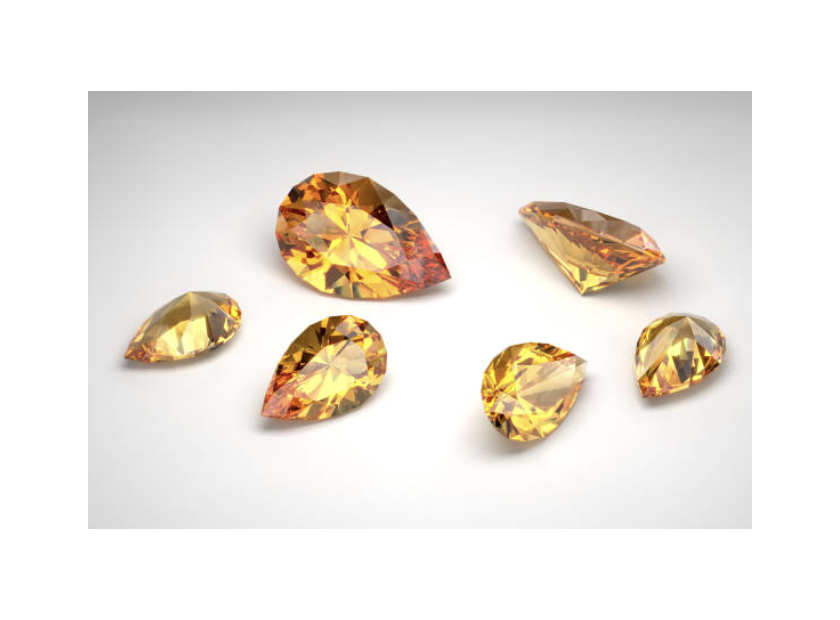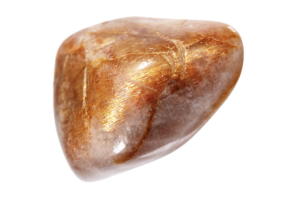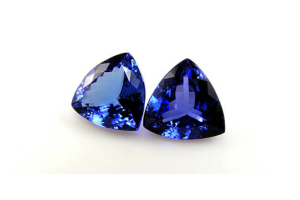USD
/
USD
/
Shipping to:
Currency:
What Is the Difference Between Topaz and Citrine? A Complete Gemstone Guide
Topaz and citrine are two gemstones that often cause confusion due to their similar warm hues. However, they are distinct in several aspects, including their chemical composition, physical properties, and value. Understanding these differences is essential for jewelry enthusiasts and collectors alike.
Origins and History
Topaz is a silicate mineral composed of aluminum and fluorine. It forms in igneous rocks and is commonly found in countries like Brazil, Sri Lanka, and Russia. Historically, topaz has been associated with strength and intelligence, often linked to sun deities in various cultures.
Citrine, on the other hand, is a variety of quartz. Its name is derived from the Latin word 'citrina,' meaning 'yellow.' Natural citrine is relatively rare; most citrine on the market is produced by heat-treating amethyst or smoky quartz. Brazil is the leading producer of citrine, particularly from the state of Rio Grande do Sul.
Chemical Composition and Physical Properties
Topaz has the chemical formula Al₂SiO₄(F,OH)₂ and crystallizes in the orthorhombic system. It ranks 8 on the Mohs hardness scale, indicating good durability. However, topaz has perfect cleavage, meaning it can split or chip if struck with sufficient force.
Citrine is composed of silicon dioxide (SiO₂) and belongs to the trigonal crystal system. It has a hardness of 7 on the Mohs scale, making it slightly less durable than topaz but still suitable for everyday wear. Unlike topaz, citrine lacks cleavage, reducing the risk of chipping.
Color Variations and Causes
Topaz naturally occurs in a range of colors, including colorless, yellow, blue, pink, and brown. The golden brown to yellow varieties are often confused with citrine. The color in topaz is typically due to impurities or defects in its crystal structure.
Citrine's color ranges from pale yellow to deep amber. Natural citrine's color is believed to result from aluminum-based color centers in its crystal structure. Most commercial citrine is produced by heating amethyst, which changes its color from violet to yellow or orange.
Value and Market Considerations
Topaz's value varies widely depending on its color and quality. Imperial topaz, with its vibrant orange to pinkish-red hues, is particularly valuable, sometimes commanding prices exceeding $1,000 per carat. More common varieties, like blue topaz, are more affordable.
Citrine is generally more affordable, with prices typically ranging from $20 to $100 per carat, depending on color saturation and size. The Madeira variety, known for its rich, reddish-orange hue, is among the most prized.
Uses in Jewelry
Both gemstones are popular choices in jewelry. Topaz's wide color range makes it versatile for various designs, from rings to pendants. Its brilliance and clarity are highly valued, but care must be taken due to its cleavage properties. For those interested in unique designs, consider exploring non-traditional engagement rings that feature topaz.
Citrine's warm tones make it a favorite for autumn-themed jewelry. Its affordability allows for the creation of larger statement pieces without a hefty price tag. Citrine is often set in gold to enhance its sunny hues. If you're considering such pieces, check out gemstone rings for a variety of options.
Birthstone and Symbolism
Both topaz and citrine are associated with November birthdays. Topaz is traditionally linked to love and affection, believed to promote emotional balance. Citrine, known as the "merchant's stone," is thought to attract prosperity and success.
Identifying Topaz and Citrine
Distinguishing between topaz and citrine can be challenging due to their similar appearances. However, topaz is heavier than citrine; for stones of equal volume, topaz will weigh approximately 25% more. Additionally, topaz has a slippery feel due to its fine polish, whereas quartz varieties like citrine do not achieve the same level of smoothness. If you're unsure, it's best to consult a certified gemologist or request lab testing.
Care and Maintenance
Topaz requires careful handling to prevent chipping along its cleavage planes. It's advisable to store topaz jewelry separately and avoid exposing it to hard knocks. Cleaning with mild soap and water is recommended.
Citrine is relatively low-maintenance. It can be cleaned with warm, soapy water and a soft brush. However, prolonged exposure to direct sunlight may cause its color to fade, so it's best to store citrine jewelry away from direct light.
Frequently Asked Questions
How can I tell if my gemstone is topaz or citrine?
The easiest way to tell is by weight and feel. Topaz is heavier and often has a slipperier polish than citrine. A gemologist can also perform a test to confirm the stone’s identity.
Is citrine more valuable than topaz?
Generally, no. Citrine is more common and usually more affordable. However, high-end varieties like Madeira citrine can fetch higher prices. Rare topaz types, like Imperial topaz, are much more valuable.
Are topaz and citrine both birthstones for November?
Yes, both are recognized as November birthstones. Citrine is more commonly used in modern birthstone jewelry, while topaz has a longer historical association with the month.
Can you wear topaz and citrine every day?
Yes, both are suitable for daily wear with proper care. Topaz needs extra caution due to its cleavage, while citrine is more durable in that regard.








